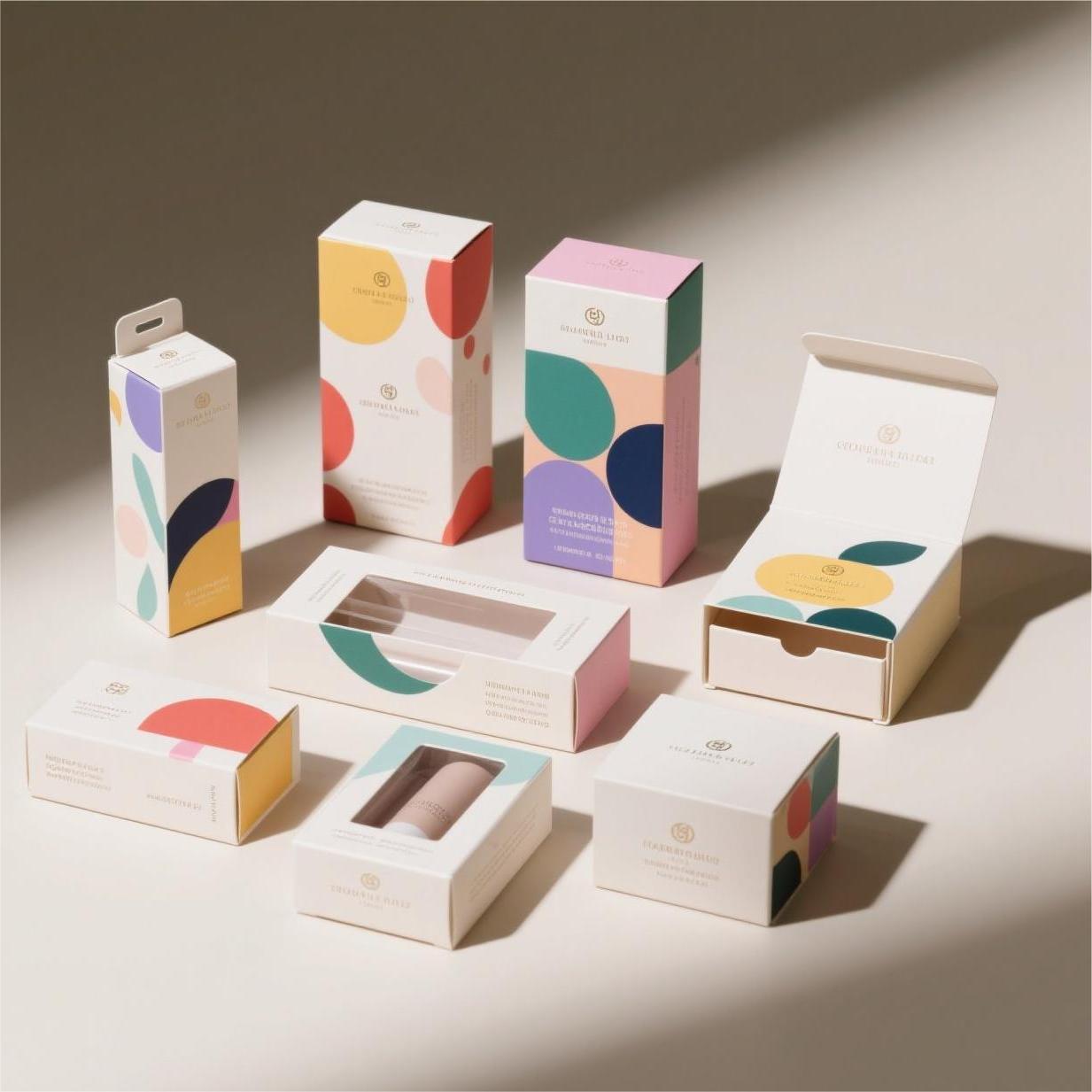The Process Behind Rigid Paper Box Manufacturing
Discover how Guka Packaging crafts rigid paper boxes with eco-friendly, durable materials—perfect for luxury products and premium brand packaging.
Contact Us now
Table of content

Ready to Elevate Your Brand with 100% Custom Box & Bag Solutions?
Get a Free QuoteWhat is a Rigid Paper Box?
Rigid paper boxes, also known as "set-up boxes," are premium packaging solutions widely used for luxury products such as electronics, cosmetics, and high-end food items. Unlike folding cartons, rigid boxes are significantly sturdier, providing superior protection and a luxurious appearance. At Guka Packaging, we specialize in manufacturing custom rigid paper boxes tailored to your product's unique requirements.
How to Make Rigid Boxes in 6 Simple Steps
Discover the key steps to crafting professional, high-quality rigid boxes with ease.
Step 1: Creating the Dieline Template
The first step in creating a rigid paper box is designing the dieline (template), which serves as the blueprint for the box's shape and size. This step is crucial to ensure that the box structure aligns with your product's specifications. The dieline must be precise, as any mistake at this stage will affect the overall quality of the final product.

Step 2: Sampling and Prototyping
Once the dieline is approved, we create a prototype to test the accuracy and functionality of the box design. This sample helps identify any adjustments that might be necessary to ensure that the box fits perfectly and meets your design expectations.

Step 3: Cutting and Scoring the Paperboard
Guka Packaging uses high-quality rigid paperboard (also known as chipboard or greyboard) to form the core of each box. The paperboard is cut to the specified dimensions using cutting dies and scored at key areas to enable clean folding. The thickness of the paperboard typically ranges from 2mm to 3mm, ensuring durability and strength.
Step 4: Assembling the Box
The assembly process involves folding the scored paperboard into the box shape. We then use specialized machinery, such as quad stayer machines, to secure the sides with tape. While much of the process is automated, some steps, such as the final gluing and box setup, are done by hand to ensure precision and quality.
Step 5: Adding the Wrap and Customization
The next step involves applying the decorative wrap, which can be made from various materials, such as art paper, specialty paper, or fabric. The wrap can be printed with custom designs, embossed, or finished with techniques like foil stamping or flocking for a luxurious feel. This outer layer not only enhances the box's appearance but also protects the underlying structure.

Step 6: Final Quality Control and Packaging
Before the boxes are shipped, we conduct a final quality control check to ensure that all boxes meet the required standards in terms of appearance, structure, and functionality. We inspect the packaging for any defects and ensure that all customizations are correctly applied. Only after passing this rigorous inspection do we package the boxes for delivery.
Rigid Box Styles: Customization Options
Rigid boxes come in a variety of styles, each suited for different product packaging needs. At Guka Packaging, we offer several popular types of rigid boxes:
- Telescope Boxes: These boxes feature a lid that covers either the entire base (Full Telescope) or just part of it (Partial Telescope).
- Hinged Lid Boxes: Also known as flip-top or cigar box style, these boxes have a permanent lid attached to the base, making them perfect for repeated use and high-end storage.
- Neck Boxes: These feature an extended base that forms a "neck" above the box, offering a more elegant appearance.
- Tray with Sleeve Boxes: Often used for products like board games, these boxes consist of a tray and a separate sleeve that slides over it.
Why Choose Rigid Paper Boxes for Luxury Packaging?
Rigid paper boxes provide exceptional durability, making them ideal for protecting valuable or delicate products during shipping and handling. In addition to their practical benefits, rigid boxes add a touch of elegance and luxury to any product, enhancing the overall customer experience. Whether you're packaging jewelry, cosmetics, or electronics, rigid boxes ensure that your products make a lasting impression.
Partner with Guka Packaging for Premium Rigid Boxes
At Guka Packaging, we pride ourselves on delivering high-quality, custom rigid paper boxes that cater to the unique needs of our clients in the US, Europe, and Australia, etc. With our expertise in rigid box manufacturing and our commitment to customer satisfaction, we’re the perfect partner for your luxury packaging needs.
Interested in custom rigid boxes for your products? Contact Guka Packaging today to discuss your packaging needs and get a free quote!
Recommended for you










